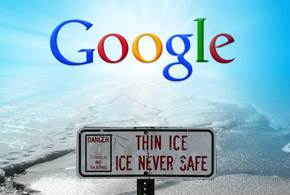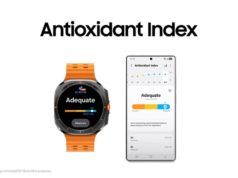Starting January 2017, Chrome will explicitly mark web pages as insecure if they use HTTP for transmitting sensitive data.
In its self-assumed quest to make the internet a safer place for everyone, Google will soon start publicly shaming websites that fail to use the HTTPS protocol for transmitting passwords and other sensitive data.
But instead of a scarlet letter, Google will shame them by marking their websites as “non-secure” so users know clearly that their personal data is not being protected adequately. Website owners have until Jan. 1, 2017, to implement HTTPS for transmitting sensitive data. It is after that date that Google’s new site labeling policy will go into effect.
The move is part of an ongoing effort by the company to get website owners to start using HTTPS, long considered a much safer alternative to HTTP. Eventually, Google will start marking all HTTP sites as non-secure and not just when they fail to use HTTPS to handle sensitive data.
“Our plan to label HTTP sites more clearly and accurately as non-secure will take place in gradual steps, based on increasingly stringent criteria,” Chrome security team member Emily Schechter wrote on Google’s Online Security Blog this week. “Starting January 2017, Chrome 56 will label HTTP pages with password or credit card form fields as ‘not secure,’ given their particularly sensitive nature.”
The move to explicitly label sites as being non-secure marks a planned escalation of Google’s current practice of using a neutral indicator on Chrome to indicate HTTP connections. Chrome has for sometime now used a green lock icon on sites that use HTTPS to let users know they are on a secure site.
According to Schechter, Chrome’s neutral indicator does not do enough to convey the seriousness of the security issues caused by plain HTTP connections.
But most users do not perceive the lack of a “secure” icon on HTTP sites as a warning and instead tend to ignore it, which is why Google will start marking such sites more explicitly.
Subsequent releases of Chrome will extend HTTP warnings by, among other things, labeling HTTP pages as “not secure” even when a user is in incognito mode and has a higher privacy expectation, Schechter said. Eventually, sites that continue to use HTTP will be labeled with a red triangle that Chrome currently uses for HTTPS sites that are not functioning like they should.
HTTPS ensures that communications between a user’s browser and a website are encrypted using either the Transport Layer Security protocol or the Secure Sockets Layer (SSL) protocol. HTTPS connections are considered much harder to intercept and to modify compared with HTTP connections. In order to implement HTTPS, site owners need to obtain a trusted digital certificate for their sites.
But Google has noted that several providers currently offer free, bundled or cheap certificates. Projects like Let’s Encrypt also have made it very easy for site owners to obtain free digital certificates for multiple subdomains, the company has noted.
According to Schechter, a substantial proportion of websites already use HTTPS, and use of the protocol has been rising consistently. More than half of Chrome’s page loads on desktops are now served via HTTPS, she said.







